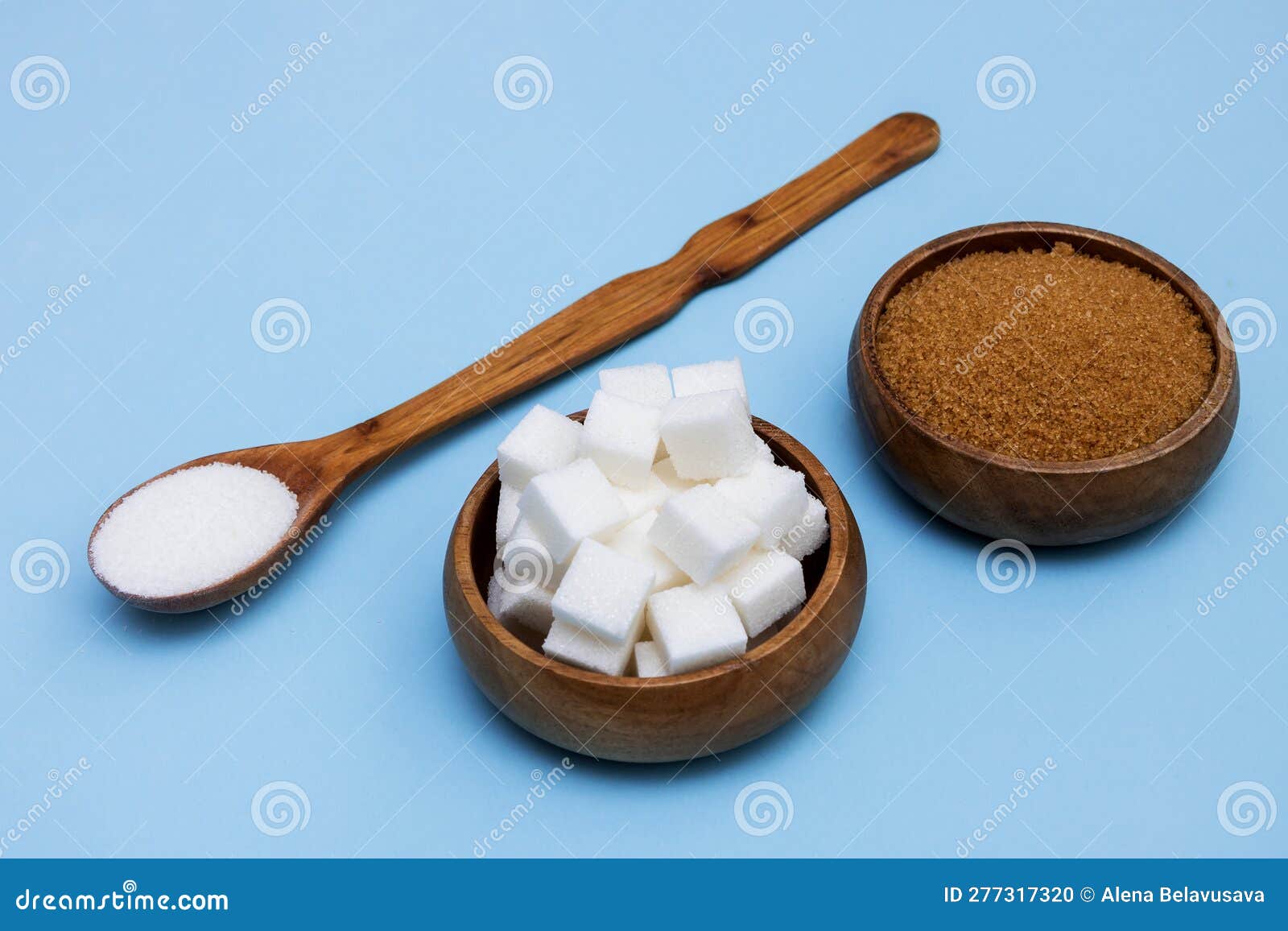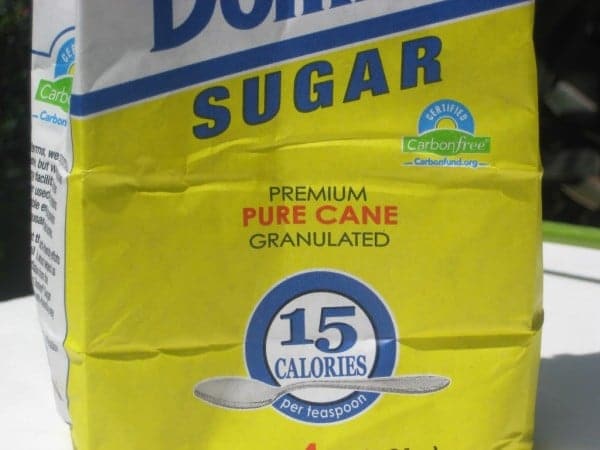Beet Sugar vs Cane: Exploring the Environmental and Economic Benefits
Beet Sugar vs Cane: Exploring the Environmental and Economic Benefits
Blog Article
Checking Out Beetroot Sugar Vs Cane: Nutritional Conveniences and Culinary Utilizes
The contrast in between beetroot sugar and walking stick sugar expands beyond mere preference and structure, revealing complex nutritional accounts and cooking applications that merit mindful assessment. As we discover the nuances of these 2 sugars, it comes to be clear that the ramifications of their use are a lot more profound than one could at first presume.
Summary of Beetroot Sugar
Although both beet sugar and cane sugar offer similar features in culinary applications, beetroot sugar is obtained specifically from the sugar beetroot plant (Beta vulgaris), a root veggie cultivated in pleasant climates. This procedure begins with the harvesting of sugar beetroots, which are then cleaned, sliced, and based on extraction techniques to generate sugar-rich juice (beet sugar vs cane). The juice goes through filtration and formation, causing the granulated sugar frequently used in industries and houses
Nutritionally, beet sugar is chemically the same to walking stick sugar, both mostly consisting of sucrose. Nonetheless, beetroot sugar manufacturing has a tendency to have a lower environmental effect, as sugar beets require much less water and can be expanded in diverse agricultural problems. In addition, the farming of sugar beetroots can contribute to plant turning methods, enhancing soil wellness.
Beetroot sugar usually has trace amounts of nutrients, consisting of calcium and potassium, although these are negligible in regular consumption. In cooking and cooking, beet sugar executes equivalently to its walking cane counterpart, making it a versatile sugar. Its neutral taste account permits it to be effortlessly incorporated right into various dishes without altering the designated taste of the final item.
Summary of Walking Stick Sugar
Walking stick sugar, originated from the sugarcane plant (Saccharum officinarum), accounts for approximately 70% of global sugar production. This functional sweetener is cultivated in tropical and subtropical areas, with significant manufacturers consisting of Brazil, India, and China. The extraction procedure includes crushing the sugarcane stalks to launch the juice, which is then clarified, evaporated, and taken shape to generate raw cane sugar.
Cane sugar is characterized by its penalty, white granules and is generally located in both granulated and powdered kinds. Its taste profile is commonly referred to as clean and sweet, making it appropriate for a large range of culinary applications, from cooking and baking to sweetening drinks.
In enhancement to its culinary uses, cane sugar also functions as a preservative in jellies and jams, along with a fermentation representative in the manufacturing of alcoholic beverages. The sugar is frequently processed right into various products, consisting of molasses, brown sugar, and liquid sugar, each offering unique qualities that can enhance various dishes. Generally, cane sugar continues to be an essential ingredient in kitchen areas around the world, emphasizing its significance in both cooking customs and modern gastronomy.
Nutritional Contrast
When comparing beet sugar and cane sugar, it is necessary to assess their dietary profiles to recognize their effects on wellness. Both sorts of sugar are largely composed of sucrose, which is a disaccharide composed of glucose and fructose. This indicates that, in terms of caloric web content, they are nearly identical, supplying approximately 16 calories per tsp.
Nonetheless, there are refined distinctions in their processing and mineral material. Beetroot sugar is often processed making use of bone char, which may not appropriate for vegans and vegetarians, while cane sugar can be a lot more straightforwardly refined. In regards to trace minerals, walking stick sugar may maintain slightly much more magnesium, potassium, and calcium because of much less extensive processing, though these amounts are minimal compared to day-to-day advised intakes.
Additionally, both sugars contribute to the same health and wellness threats when consumed in too much quantities, such as weight problems, type see this website 2 diabetes, and oral concerns. Inevitably, the choice between beet and walking stick sugar may pivot more on personal preference or dietary constraints as opposed to significant differences in nutritional worth. Understanding these nuances can aid consumers in making informed dietary options.

Culinary Uses of Beetroot Sugar
Beet sugar, a functional sweetener originated from sugar beetroots, discovers countless applications in culinary methods - beet sugar vs cane. Its improved crystals liquify easily, making it an ideal active ingredient for baking, food preparation, and beverage prep work. In the world of cooking, beet sugar adds to moisture retention and browning, improving the appearance look at here and flavor of cakes, breads, and cookies
Moreover, its neutral taste account allows it to blend perfectly right into different dishes without subduing other components, making it ideal for both mouthwatering and wonderful meals. Beet sugar can likewise be utilized in dressings, sauces, and marinates, where it balances acidity and improves the total taste.
In beverages, beet sugar is typically utilized to sweeten tea, coffee, and cocktails, supplying a constant sweetness that complements diverse flavor profiles (beet sugar vs cane). Additionally, it works as a chemical in jams and jellies, making sure a steady product with enhanced life span
Culinary Uses of Cane Sugar
Sweetness is a basic element of several culinary developments, and walking stick sugar plays an important duty in accomplishing that balance. Walking stick sugar boosts flavors in treats, providing the sweetness crucial for breads, cookies, and cakes.
In tasty meals, cane sugar can stabilize level of acidity and resentment, boosting the total taste profile. It is frequently used in sauces and sauces, where it assists to develop an unified mix of sweet, salty, and umami notes. Furthermore, cane sugar is an essential component in maintaining fruits, as it acts as a natural preservative, hindering microbial growth.
In beverages, walking stick sugar is often favored for sweetening cocktails, teas, and sodas, permitting a clean, pure sweet taste. Its convenience makes it a staple in both home kitchens and professional culinary setups, showcasing its significance in accomplishing cooking quality.
Verdict

The contrast in between beet sugar and walking cane sugar expands past plain preference and structure, disclosing beet sugar vs cane intricate dietary accounts and culinary applications that warrant mindful exam.Although both beetroot sugar and walking cane sugar serve comparable features in cooking applications, beetroot sugar is obtained particularly from the sugar beetroot plant (Beta vulgaris), a root vegetable grown in temperate climates. Beet sugar production often tends to have a reduced ecological impact, as sugar beetroots need much less water and can be grown in varied agricultural problems. The sugar is commonly processed into different items, consisting of molasses, brownish sugar, and fluid sugar, each offering distinct attributes that can enhance various dishes.Beetroot sugar, a functional sweetener acquired from sugar beetroots, finds various applications in culinary techniques.
Report this page